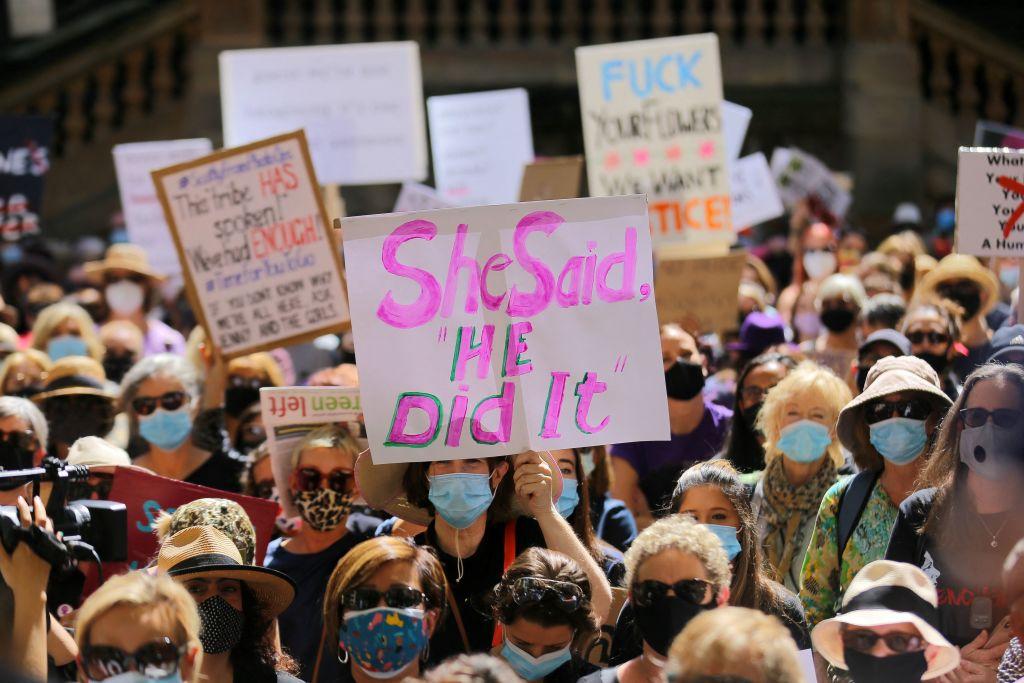Commentary
There’s an intriguing photograph of the four people who head up Australia’s Digital Platforms Regulators Forum. A row of smiling women. The control of our county’s high tech online world is firmly in female hands, with not a skerrick of gender diversity to be seen.





